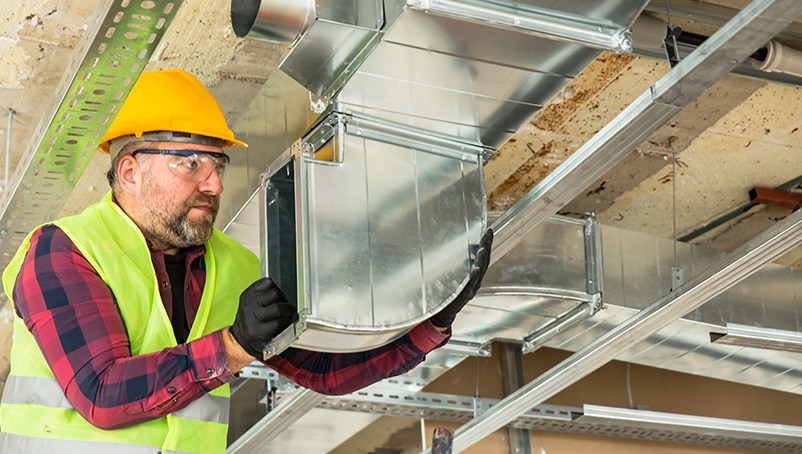
The process of becoming a licensed hvac contractor varies by state. Most require an apprenticeship program and EPA Section 608 certification before you can work as a technician or contractor. Many states also require contractors and technicians to carry workers’ compensation insurance and secure a surety bond or performance bond before they can start working.
Education
The educational requirements needed to become an HVAC technician vary by state. In general, you must have a high school diploma and take courses in math, computer science, physics and vocational classes such as electrical wiring, plumbing, and metalwork. Community colleges and trade schools offer some programs, while others are available online. You may also wish to pursue a bachelor’s degree in the field, although this is not necessary for entry-level positions.
Once you have the required education, you can begin a career as an apprentice or find a job as an assistant to a licensed journeyman. You will need to get EPA Section 608 Certification by passing an exam, and you will need to pass a contractor’s licensing exam. The cost of these exams varies by state, but many have free or low-cost practice tests.
Once you have worked as a licensed journeyman for two years, you can apply to become a licensed master. Each municipality handles this process, and you will need to meet specific criteria such as a business license, workers’ compensation insurance, a bond or a cash deposit.
Experience
Many states require a certain amount of on-the-job experience in order to get an HVAC license. Typically, this is accomplished through an apprenticeship program which will see you spend between three and five years working with experienced professionals.
In Alaska, for example, you must pass a trade exam and demonstrate at least 3,000 hours of work. You may also need to obtain EPA certification for refrigeration work and post a $25,000 performance bond.
The specific requirements vary by state and by municipality. In New York, for instance, you need a license at the city or municipal level in addition to significant on-the-job experience. You will also need workers’ compensation insurance, general liability insurance and a surety bond.
These upfront costs can add up quickly. However, once you have completed your training you will be able to start earning money and building up a solid reputation in the industry. The potential for growth is enormous and a career in the trades can be very rewarding.
Licenses
While most HVAC training is gained through experience on the job, a formal apprenticeship program can help you prepare to pass relevant licensing exams. These may cover topics such as tools and equipment, plumbing and electricity, and sheet metal and ductwork.
Licensed contractors are required to maintain workers’ compensation, liability insurance and unemployment insurance. Individual municipalities may require that you carry specific limits on your policies.
Most states have their own licensing requirements for heating, ventilation and air conditioning professionals. For example, New York requires HVAC licenses at the city and county levels. In order to become a licensed contractor in New York, you must first complete a registered apprenticeship program and have two years of experience as a journeyman.
Then, you must pass a trade exam and take business and law classes. You must also submit a financial statement and pay a fee. You can check the license requirements in your state by visiting its website.
Insurance
In the state of Hawaii, a license is required to work as an HVAC contractor. Applicants must pass a trade, law and business exam. They must also have four years of experience as a journeyman, foreman or supervisor in the specialty field for which they want to be licensed. Additionally, they must have liability insurance ($100,000 per person, $300,000 per occurrence and $50,000 property damage) and workers’ compensation.
The New York City Department of Buildings issues three types of HVAC-related licenses. These licenses determine the type of work that can be performed. Type I is for servicing units that contain more than five pounds of refrigerant and includes commercial systems. Type II is for servicing units that contain less than five pounds of refrigerant and residential systems. Type III is for servicing all types of appliances and systems.
There are no state requirements for licensing in Wyoming, but there may be local or industry requirements. Additionally, there are a variety of professional certificates that can be earned in order to improve your credibility and expand your knowledge base.



